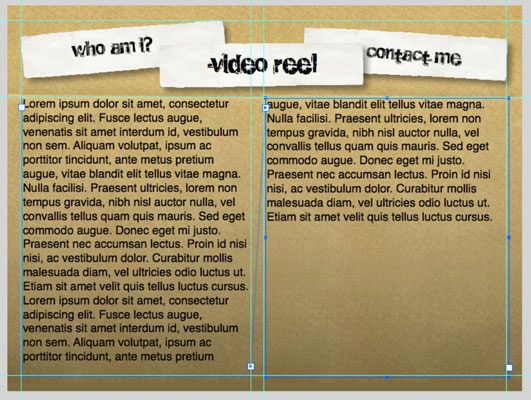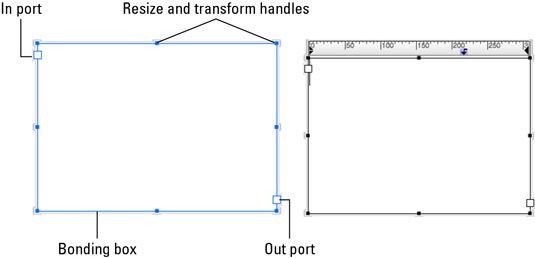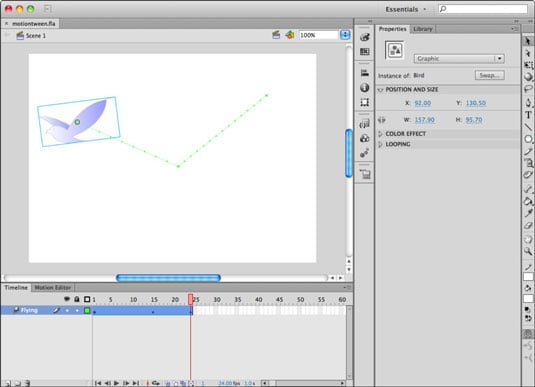

- #Adobe flash cs6 for dummies how to#
- #Adobe flash cs6 for dummies update#
- #Adobe flash cs6 for dummies code#
- #Adobe flash cs6 for dummies windows#
Split view: Selecting this option splits the Document window between Code and Design views. Dreamweaver helps you to decipher code by color-coding tags, attributes, CSS, and other elements.

In addition, the new Multiscreen Preview drop-down list allows you to see how your page appears within different screen sizes, with presets for mobile phones and tablets.įigure 2-3:Control your view of the page from the Document toolbar.Ĭode view: Show the code and only the code using this view. In addition, you can preview your page in Live view to see how it may appear in an actual web browser. The Document toolbar, shown in Figure 2-3, contains tools to help you view your document in different modes, such as Code and Design, as well as address such items as the document title and browser compatibility. Click an object in the Available Objects list and then click the double arrow to add the object to your Favorites category.įigure 2-2:Customize the Insert panel’s Favorites category by adding frequently used objects from other categories. The Customize Favorite Objects dialog box, shown in Figure 2-2, appears. To bring up the Customize Favorite Objects dialog box, simply right-click (Windows) or Control-click (Mac) within the Insert panel and choose Customize Favorites from the contextual menu.

Text: Provides you with text formatting tags.įavorites: Allows you to group and organize the Insert panel buttons you use the most within one common location.
#Adobe flash cs6 for dummies update#
InContext Editing: Creates editable regions for the Adobe InContext editing service, which allows content contributors to update website content remotely without the need to edit or disturb the original website files. JQuery Mobile: Contains jQuery Mobile-specific objects (such as form and layout elements) for use with jQuery Mobile pages and projects. Spry: Contains Spry Framework objects, which are handy widgets used to enhance your web pages with cool navigation bars, layout panels, and real-time data components. Layout: Contains layout elements - such as tables and CSS elements like the DIV tag - that help you create a web page layout.įorms: Contains the elements necessary to create a form in your Dreamweaver page.ĭata: Contains elements related to dynamic content and some Spry data objects. You can switch between these categories by using the drop-down list at the top of the panel:Ĭommon: Contains the most commonly used objects, such as images and tables. The Insert panel is divided into eight categories that provide you with different elements to add to your page. Choose Window⇒Insert to reveal the panel in the upper-right corner of your workspace. The Dreamweaver CS6 Insert panel provides you with tools to insert common web page elements such as hyperlinks, e-mail links, tables, and images as well as additional text formatting options and widgets that enhance your page. This screen provides the option to open any recent items (if you’ve created pages already) or to create new HTML, CSS, XML, sites, and many other types of files. When Dreamweaver is first launched, you see a Welcome screen.
#Adobe flash cs6 for dummies windows#
You can customize your workspace with only the panels, toolbars, and arrangement of windows you need, or choose from a number of additional workspace presets included with Dreamweaver. Whichever document you’re editing appears in the Document window, which occupies most of the workspace - with top and bottom toolbars and lots of options to choose from. (See Figure 2-1.) The Dreamweaver workspace is slightly different from ones you may see in other Adobe applications, but their premise is the same: You can open panels, panel groups, toolbars, and dialog boxes to do the work you need. The Designer workspace is what you see by default. A workspace consists of panels, toolbars, and inspectors and puts most all the tools you need within close reach. A website is simply a group of linked pages that contain text and images and can also contain media, such as video, audio, Flash movies, transitions, and animations.ĭreamweaver comes with a number of workspaces, which are arrangements of different panels and toolbars.
#Adobe flash cs6 for dummies how to#
In this chapter, you find out how to start a website and build pages within it. Understanding the Dreamweaver preferencesĭreamweaver CS6 lets you create and manage web pages and complete websites for desktop, mobile, and tablet devices. Adobe Creative Suite 6 Design and Web Premium All-in-One For Dummies (2012) Book VI Dreamweaver CS6 Chapter 2: Introducing Dreamweaver CS6įamiliarizing yourself with the workspace


 0 kommentar(er)
0 kommentar(er)
